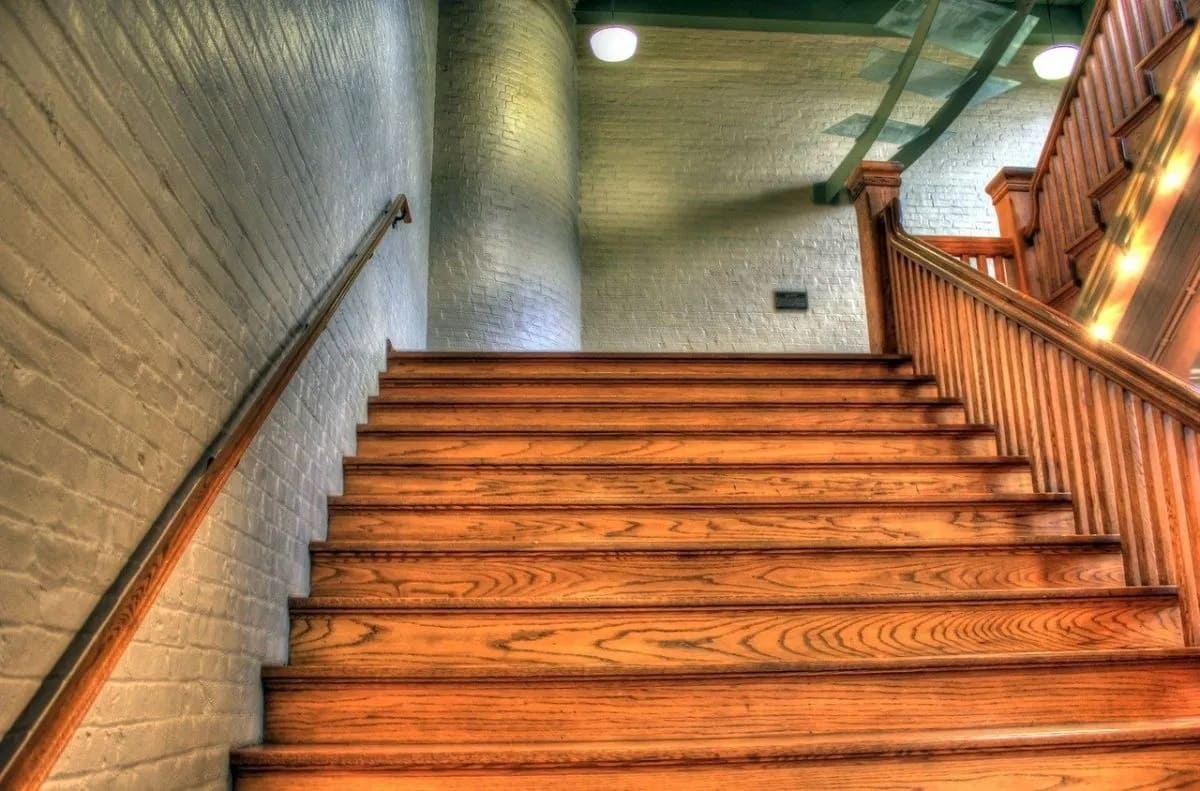

Articles
How To Protect Wooden Stairs
Modified: December 7, 2023
Learn effective ways to protect your wooden stairs with these informative articles. Whether it's preventing scratches or maintaining longevity, our expert advice has got you covered.
(Many of the links in this article redirect to a specific reviewed product. Your purchase of these products through affiliate links helps to generate commission for Storables.com, at no extra cost. Learn more)
Introduction
Wooden stairs add a beautiful and classic touch to any home or building. They are not only functional but also aesthetically pleasing, providing a sense of warmth and elegance. However, just like any other wooden surface, stairs are susceptible to wear and damage over time. To ensure the longevity of your wooden stairs and maintain their pristine condition, it is important to take proactive measures to protect them.
In this article, we will explore the importance of protecting wooden stairs and provide valuable insights on how to choose the right materials for protection, prepare the stairs for application, and apply a protective coating. We will also discuss the importance of regular maintenance and care to keep your stairs looking their best. Additionally, we will address how to protect wooden stairs from potential threats such as pests and insects. By following these guidelines, you can significantly extend the life of your wooden stairs and enhance the overall appearance of your space.
Key Takeaways:
- Protecting wooden stairs is essential for longevity, aesthetics, safety, and cost-effectiveness. Choose the right materials, apply a protective coating, and maintain regular care to preserve their beauty and functionality.
- Prevent pests and insects from damaging wooden stairs by sealing cracks, maintaining cleanliness, and using natural repellents. Regular inspections and professional pest control can safeguard the integrity of your stairs.
Read more: How To Protect A Wooden Fence
Importance of Protecting Wooden Stairs
Wooden stairs are not only a major investment but also a focal point of your home or building. They endure constant foot traffic, which can lead to wear and tear over time. By implementing protective measures, you can effectively maintain the beauty and integrity of your wooden stairs. Here are some key reasons why protecting your wooden stairs is essential:
- Prolonged lifespan: Applying a protective coating on your wooden stairs helps to create a barrier against moisture, UV rays, and everyday wear. This helps to prevent damage such as warping, cracking, and splintering, thereby extending the lifespan of your stairs.
- Enhanced aesthetics: Wooden stairs are often an architectural feature that adds charm and elegance to a space. By protecting them, you can maintain their original appearance and showcase their natural beauty.
- Improved safety: Over time, wooden stairs can become slippery or develop loose boards, posing a safety hazard. By protecting and maintaining your stairs, you can ensure they remain safe to use for you, your family, and guests.
- Preserved value: Well-maintained wooden stairs can increase the value of your property. When it comes time to sell or rent your home, potential buyers or tenants will be impressed by the quality and condition of your stairs.
- Cost-effective solution: Investing in regular maintenance and protection for your wooden stairs is far more economical than replacing them altogether. By taking proactive measures, you can save money in the long run.
By acknowledging the importance of protecting your wooden stairs, you can ensure that they remain a beautiful and functional feature of your home for years to come.
Choosing the Right Materials for Wooden Stair Protection
When it comes to protecting wooden stairs, choosing the right materials is crucial to ensure effective and long-lasting results. Here are some factors to consider when selecting the materials for wooden stair protection:
- Wood type: Consider the type of wood used for your stairs. Different wood species have varying levels of durability and susceptibility to damage. Understanding the characteristics of your wood will help you choose the appropriate protective materials.
- Coating options: There are various coating options available for wooden stairs, ranging from clear sealants to tinted stains. Clear sealants provide a natural and transparent look, while stains can enhance the color and grain of the wood. Choose a coating that suits your desired aesthetic and provides the level of protection you need.
- Waterproofing properties: Moisture is one of the main factors that can damage wooden stairs. Look for protective materials that offer waterproofing properties, such as water repellents or sealants designed specifically for outdoor use.
- Durability: Consider the durability of the protective materials. Look for products that are designed to withstand heavy foot traffic and resist scratches and abrasions. This will ensure that the protection lasts longer and maintains its effectiveness over time.
- Ease of application: Some protective materials require professional application, while others can be easily applied by homeowners. Consider your level of comfort and expertise in DIY projects when choosing the materials.
It is also recommended to consult with professionals or experts in the field to get advice on the best materials for your specific type of wooden stairs. They can provide guidance based on the condition of your stairs, the desired level of protection, and your budget.
By carefully considering these factors, you can choose the right materials for protecting your wooden stairs and ensure their longevity and beauty for years to come.
Preparing the Stairs for Protection
Before applying any protective coating to your wooden stairs, it is essential to properly prepare the surface. Here are the steps to follow to ensure the best results:
- Clean the stairs: Start by thoroughly cleaning the stairs to remove any dirt, dust, or debris. Use a broom or vacuum to remove loose particles and then wipe the stairs with a damp cloth or mop to remove stubborn dirt.
- Repair any damage: Inspect the stairs for any signs of damage, such as loose boards, cracks, or splinters. Repair these issues by securing loose boards with screws or nails and filling cracks or gaps with a suitable wood filler. Smooth out any rough patches or splinters using sandpaper.
- Sand the surface: Sanding the surface of the stairs helps to create a smooth and even base for the protective coating. Use a medium-grit sandpaper to remove any existing finishes or rough spots. Follow up with a fine-grit sandpaper for a smoother finish.
- Remove dust: After sanding, use a brush or vacuum to remove any dust and debris from the stairs. Ensure that the surface is clean and free of any loose particles before proceeding.
- Apply a wood conditioner (optional): Depending on the condition of your stairs and the type of protective coating you plan to use, you may consider applying a wood conditioner. A wood conditioner helps to even out the absorption of the protective coating and ensures a more uniform finish.
- Protect surrounding areas: Cover any nearby walls, railings, or surfaces that you want to protect from accidental application of the protective coating. Use painter’s tape and plastic sheets to create a barrier and prevent any unwanted contact.
Preparing the stairs properly ensures that the protective coating adheres correctly and provides maximum durability and longevity. By following these steps, you can create a solid foundation for the application of the protective coating and achieve optimal results.
Regularly apply a protective sealant to wooden stairs to prevent damage from moisture, scratches, and wear. This will help maintain the appearance and durability of the wood.
Applying a Protective Coating to Wooden Stairs
Once you have prepared the stairs, it’s time to apply a protective coating to safeguard the wood and enhance its appearance. Follow these steps for a successful application:
- Choose the right coating: Select a protective coating that suits your specific needs and preferences. Options include clear sealants, varnishes, oils, or stains. Read the manufacturer’s instructions to understand the application process and any specific requirements.
- Stir the coating: Before starting, thoroughly stir the coating to ensure an even distribution of its components. This helps to achieve a consistent finish and maximize the effectiveness of the protective layer.
- Start from the top: Begin applying the protective coating from the top of the stairs, working your way down. This prevents any drips or spills from spreading onto areas you have already coated. Use a brush, roller, or sprayer, depending on the specific coating and its recommended application method.
- Apply thin, even coats: Apply thin and even coats of the protective coating to the wooden stairs. Avoid over-application, as it can lead to a sticky or uneven finish. Follow the manufacturer’s instructions regarding the recommended number of coats and drying time between each coat.
- Follow the grain: Always apply the protective coating following the direction of the wood grain. This helps to achieve a smooth and visually appealing finish.
- Allow for proper drying: Once you have applied the desired number of coats, allow the stairs to dry completely. Follow the manufacturer’s instructions for the recommended drying time. Avoid any foot traffic or contact with the stairs during this period to prevent smudging or damage to the coating.
- Inspect and touch up if needed: After the coating has dried, inspect the stairs for any missed spots or areas that require touch-up. Apply additional coats or touch-ups as necessary to ensure comprehensive coverage and protection.
Remember to work in a well-ventilated area and wear appropriate protective gear, such as gloves and a mask, when applying the protective coating. This helps to prevent skin or respiratory irritation from the chemicals present in some coatings.
By following these steps and using the proper techniques, you can effectively apply a protective coating to your wooden stairs, safeguarding them from damage and enhancing their overall appearance.
Read more: How To Cover Wooden Stairs
Regular Maintenance and Care for Wooden Stairs
To ensure the longevity and beauty of your wooden stairs, regular maintenance and care are essential. Here are some important steps to incorporate into your maintenance routine:
- Keep them clean: Regularly sweep or vacuum your wooden stairs to remove dust, dirt, and debris. Wipe them down with a slightly damp cloth or mop to remove any spills or stains. Avoid using excessive water, as it can seep into the wood and cause damage.
- Protect against moisture: Promptly clean up any spills or moisture on your stairs to prevent them from seeping into the wood. Use a dry cloth to absorb the liquid and then wipe the area clean. Consider placing mats or rugs on high-traffic areas to protect the wood from moisture and scratches.
- Prevent scratches and dents: Use felt pads or glides on the bottom of furniture legs to prevent scratches and dents when moving them across the stairs. Avoid dragging heavy or sharp objects on the stairs, as they can cause permanent damage.
- Manage humidity levels: Wood is sensitive to changes in humidity, which can cause it to expand or contract. Maintain a consistent humidity level in your home by using a dehumidifier or humidifier as needed. This helps to minimize the risk of the wood warping or splitting.
- Avoid direct sunlight: Prolonged exposure to direct sunlight can cause the wood to fade and become discolored over time. Consider using blinds, curtains, or window film to protect your stairs from excessive sunlight.
- Periodically inspect for damage: Regularly inspect your stairs for any signs of damage, such as cracks, splinters, loose boards, or wear and tear. Address these issues promptly by repairing or replacing damaged components to prevent further degradation.
- Reapply protective coating: Over time, the protective coating on your wooden stairs may wear off or become less effective. Routinely assess the condition of the coating and reapply it as needed to maintain optimal protection.
By incorporating these maintenance practices into your routine, you can preserve the beauty and integrity of your wooden stairs for years to come. Regular care is essential to prevent damage and ensure that your stairs retain their natural charm and durability.
Protecting Wooden Stairs from Pests and Insects
Pests and insects can pose a threat to the integrity and appearance of wooden stairs. To protect your stairs from these potential nuisances, consider the following preventive measures:
- Seal cracks and crevices: Inspect your stairs for any cracks, crevices, or gaps that pests and insects can use as entry points. Seal these openings with an appropriate wood filler or caulk to prevent their access.
- Eliminate food sources: Pests are attracted to food crumbs and organic matter. Regularly clean your stairs, especially in areas where food is consumed, to remove any potential food sources for pests.
- Maintain cleanliness: Proper sanitation is key to reducing the risk of pests and insects infesting your wooden stairs. Sweep or vacuum regularly to remove any debris or crumbs that can attract unwanted visitors.
- Use natural repellents: Consider using natural repellents such as cedar wood, peppermint oil, or citrus peels, which are known to repel pests and insects. Place these repellents strategically near your stairs to deter them from nesting or infesting the area.
- Regular inspections: Conduct regular inspections of your stairs, focusing on hidden areas, corners, and crevices where pests may hide. Look for signs of pest activity, such as droppings, chewed wood, or nests. If you suspect an infestation, consult with a pest control professional for guidance on treatment.
- Keep the area dry: Moisture can attract certain types of pests, such as termites and wood-boring insects. Ensure there are no leaks or standing water near your stairs and maintain proper ventilation to reduce humidity levels.
- Trim vegetation: Trim bushes, shrubs, and tree branches near your stairs to eliminate potential pathways for pests and insects to access your wooden structure. Maintaining a clear perimeter can help reduce the risk of infestation.
- Professional pest control: If you have a persistent or severe pest infestation, it is advisable to seek professional pest control services. They can assess the situation, identify the specific pests, and provide effective treatment options to eradicate the problem.
By implementing these preventive measures and staying vigilant, you can protect your wooden stairs from pests and insects. Keeping your stairs clean and well-maintained is key to deterring unwanted visitors and preserving the integrity of your wooden structure.
Conclusion
Protecting your wooden stairs is crucial for maintaining their beauty, durability, and safety. Taking proactive measures such as choosing the right materials, properly preparing the stairs, applying a protective coating, and regular maintenance can significantly extend the lifespan of your stairs and enhance their overall appearance.
By investing in the protection of your wooden stairs, you can enjoy the following benefits:
- Longevity: Applying a protective coating and maintaining your stairs can help prevent damage from everyday wear and tear, ensuring they last for years to come.
- Aesthetics: Protecting your wooden stairs helps preserve their natural beauty, allowing you to showcase their elegance and charm in your home or building.
- Safety: Regular maintenance and care can prevent accidents by addressing issues such as slippery surfaces, loose boards, or splinters.
- Value: Well-maintained wooden stairs can increase the value of your property, making them an investment that pays off in the long run.
- Cost-effectiveness: Taking steps to protect your wooden stairs is more economical than replacing them entirely. By maintaining and caring for them, you can save money in the long term.
Remember to choose the right protective materials, prepare the stairs properly, and apply the coating in thin, even coats. Regularly clean your stairs, address any damage or wear, and keep an eye out for pests and insects that can jeopardize their integrity.
With proper care and attention, your wooden stairs will continue to be a beautiful and functional asset to your space. Don’t neglect the importance of their protection – ensure they remain an enduring and stunning feature for years to come.
Frequently Asked Questions about How To Protect Wooden Stairs
Was this page helpful?
At Storables.com, we guarantee accurate and reliable information. Our content, validated by Expert Board Contributors, is crafted following stringent Editorial Policies. We're committed to providing you with well-researched, expert-backed insights for all your informational needs.
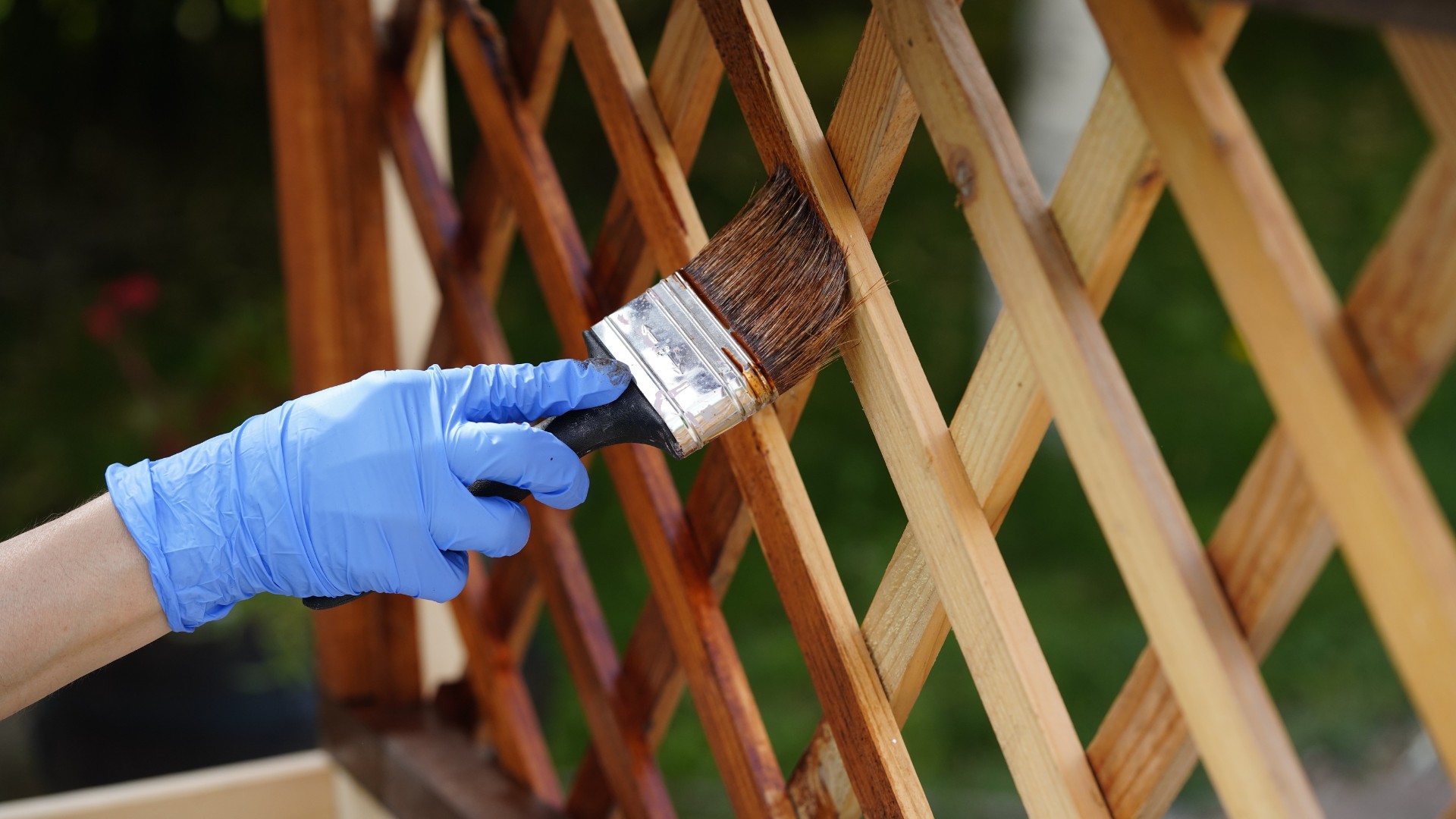

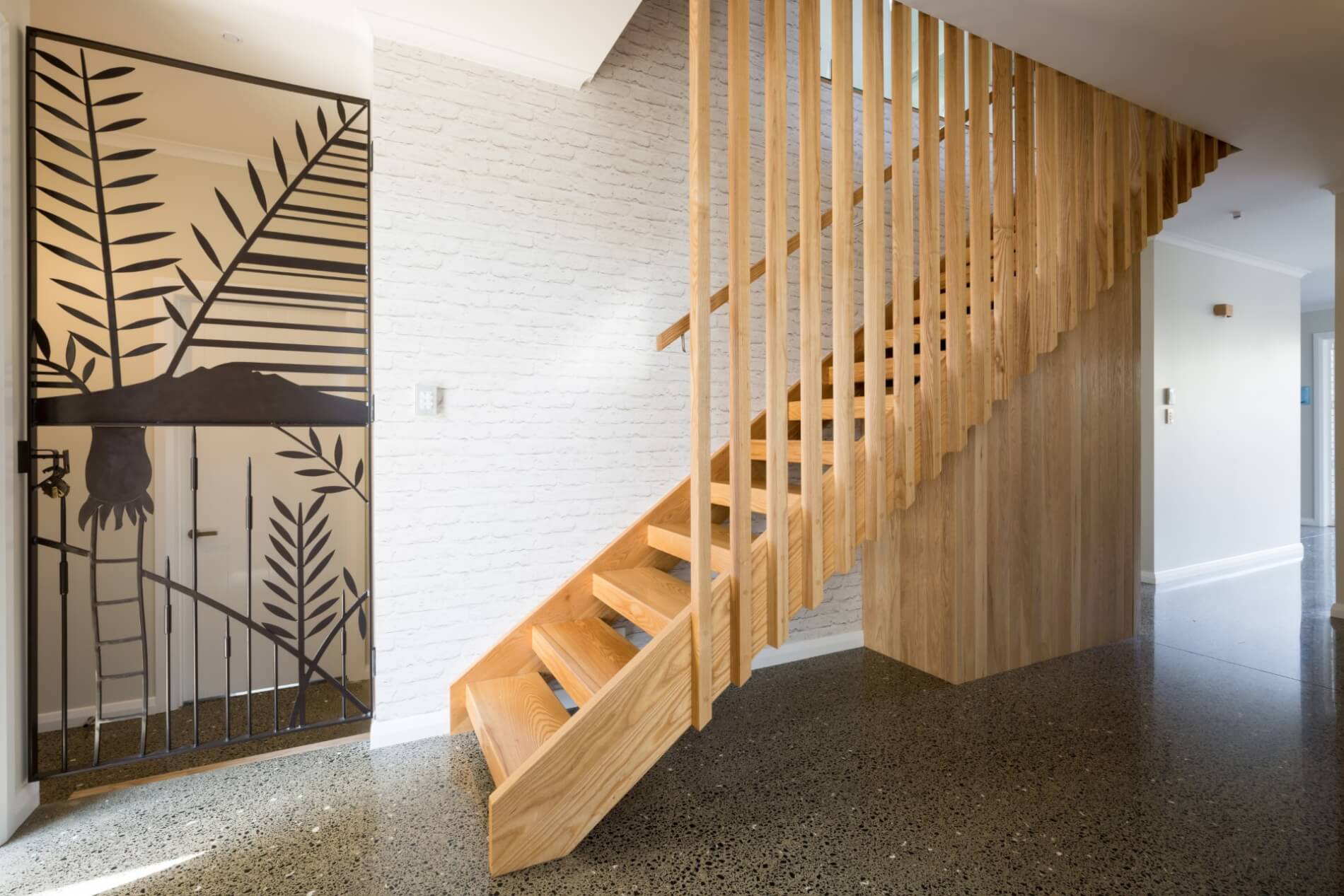
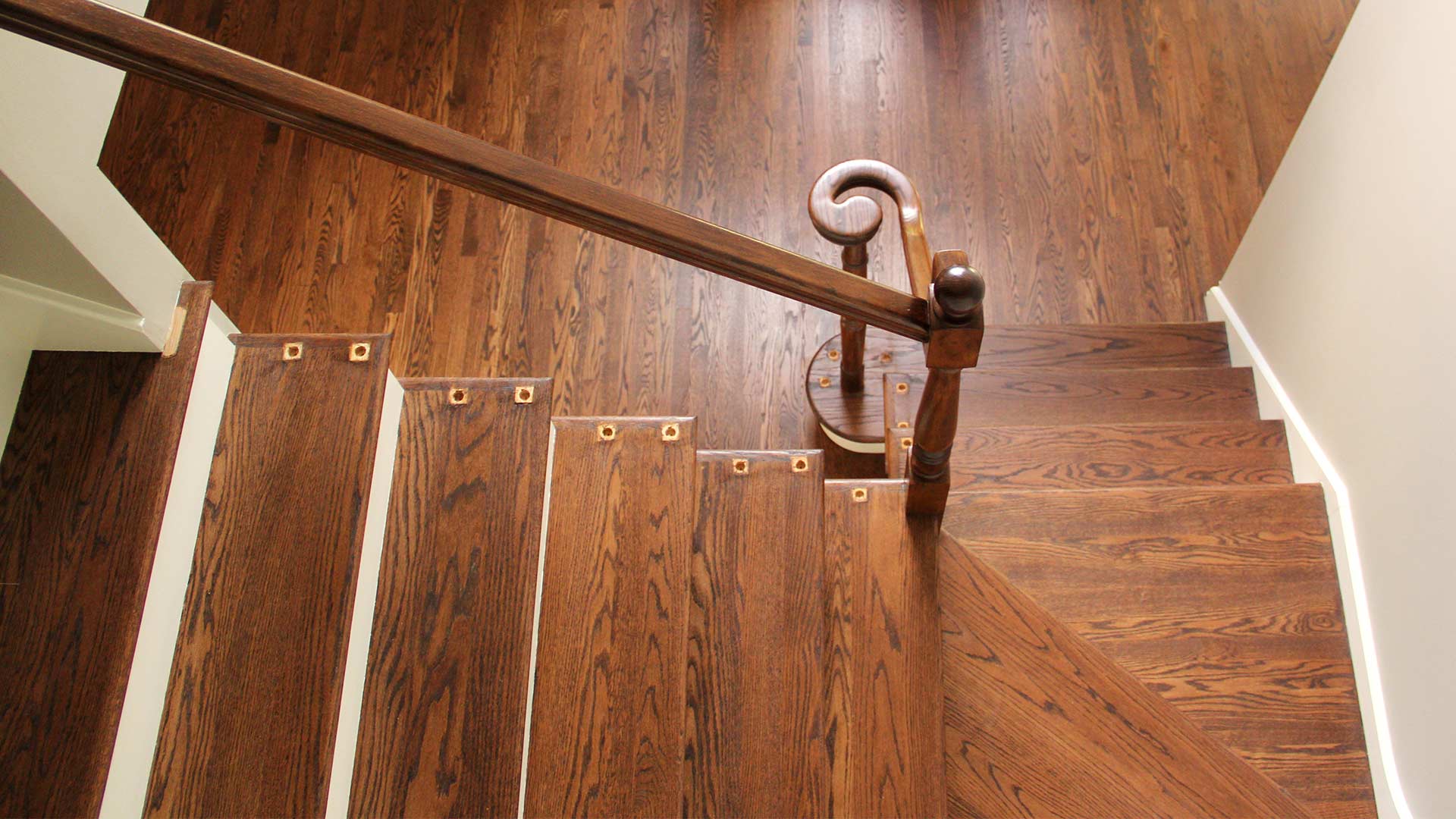
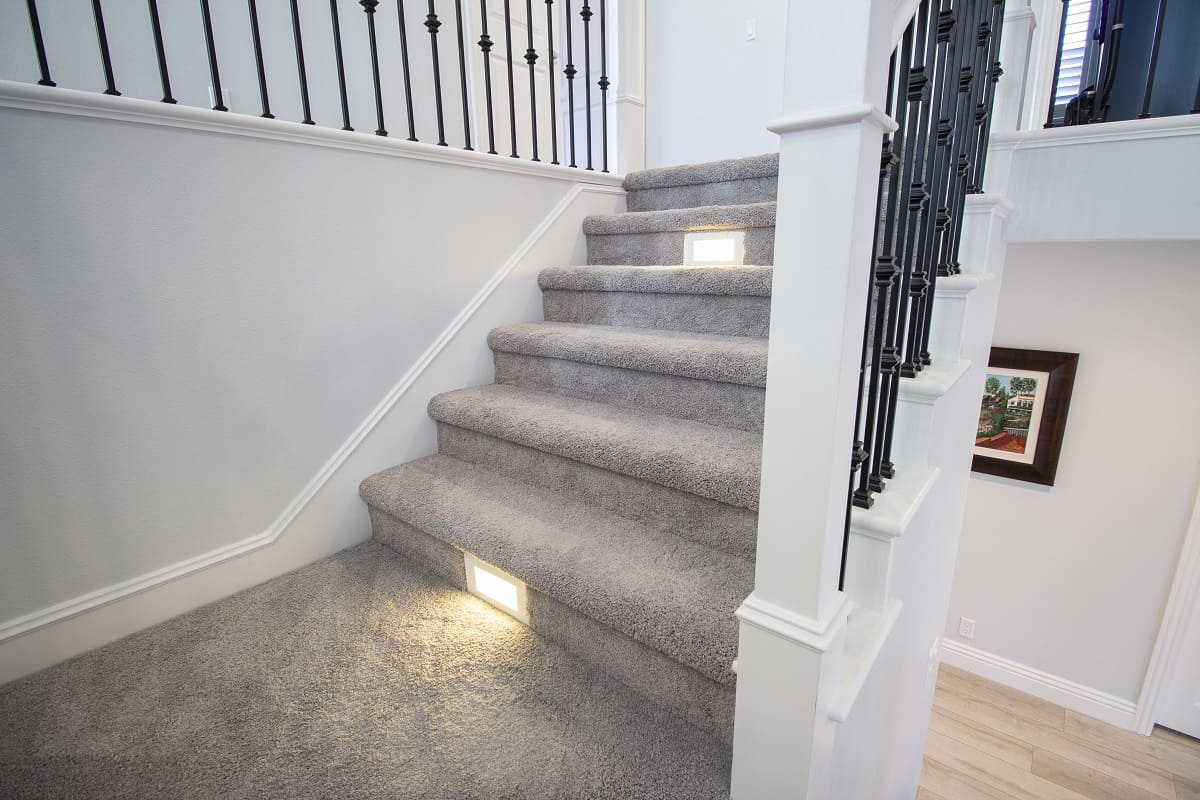
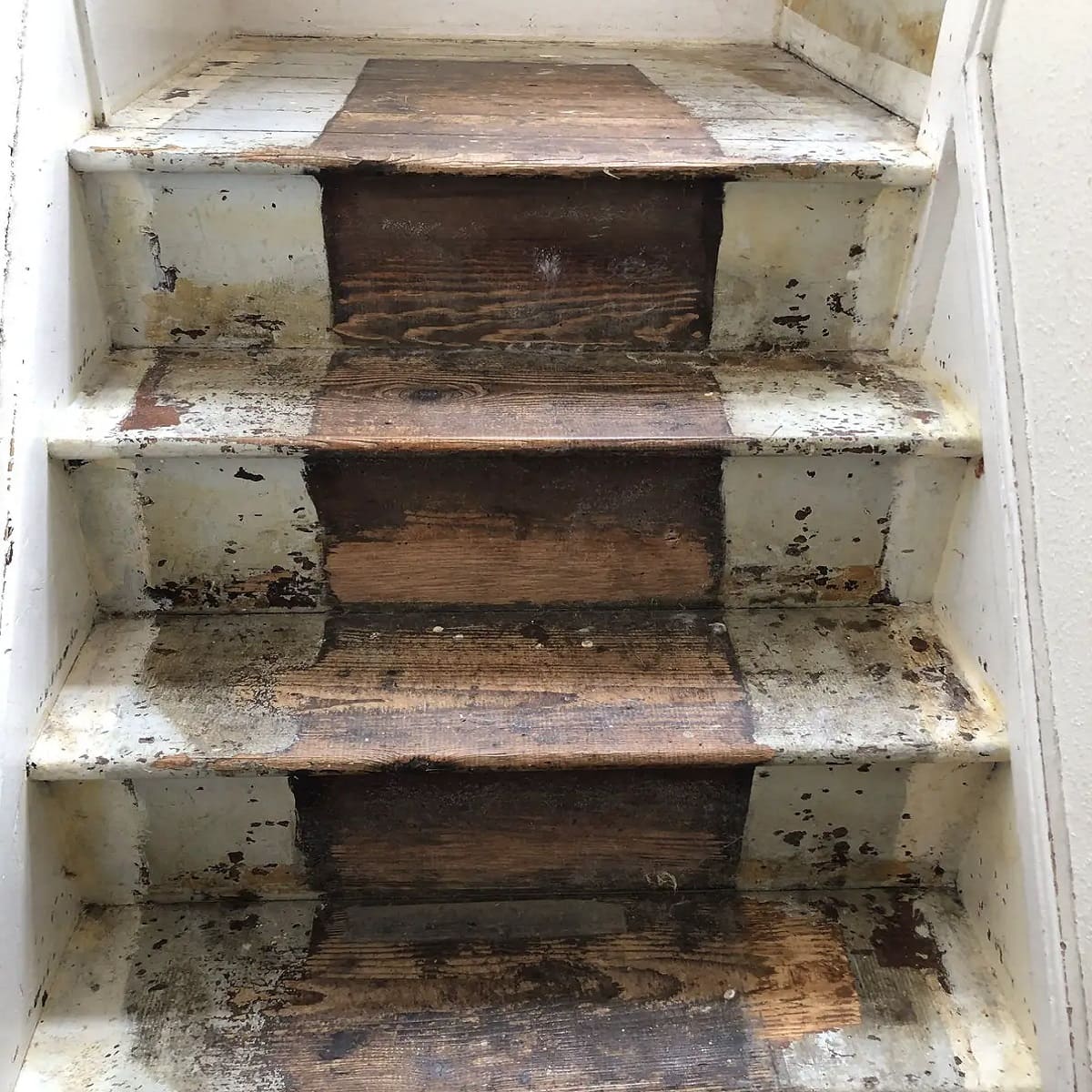
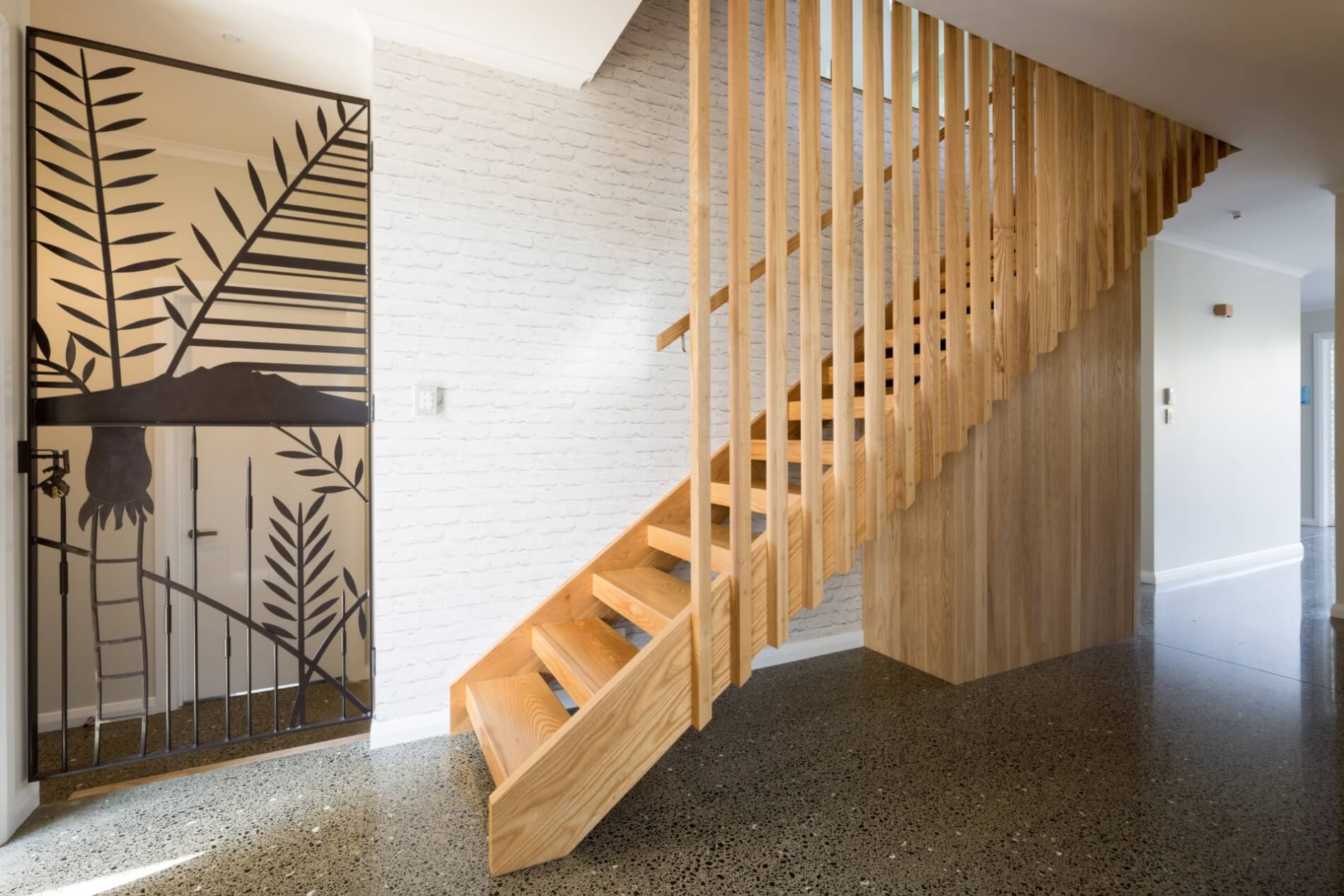
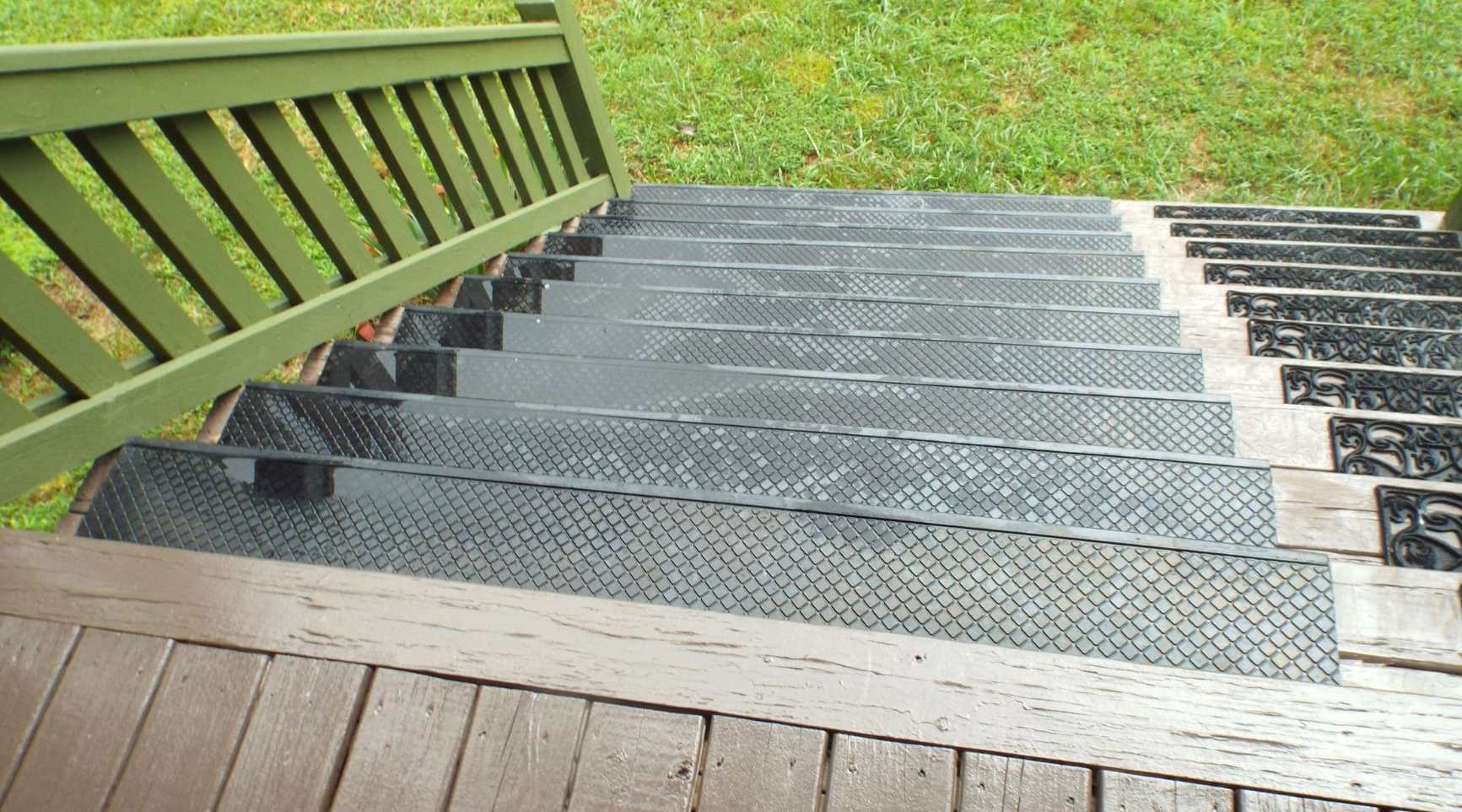
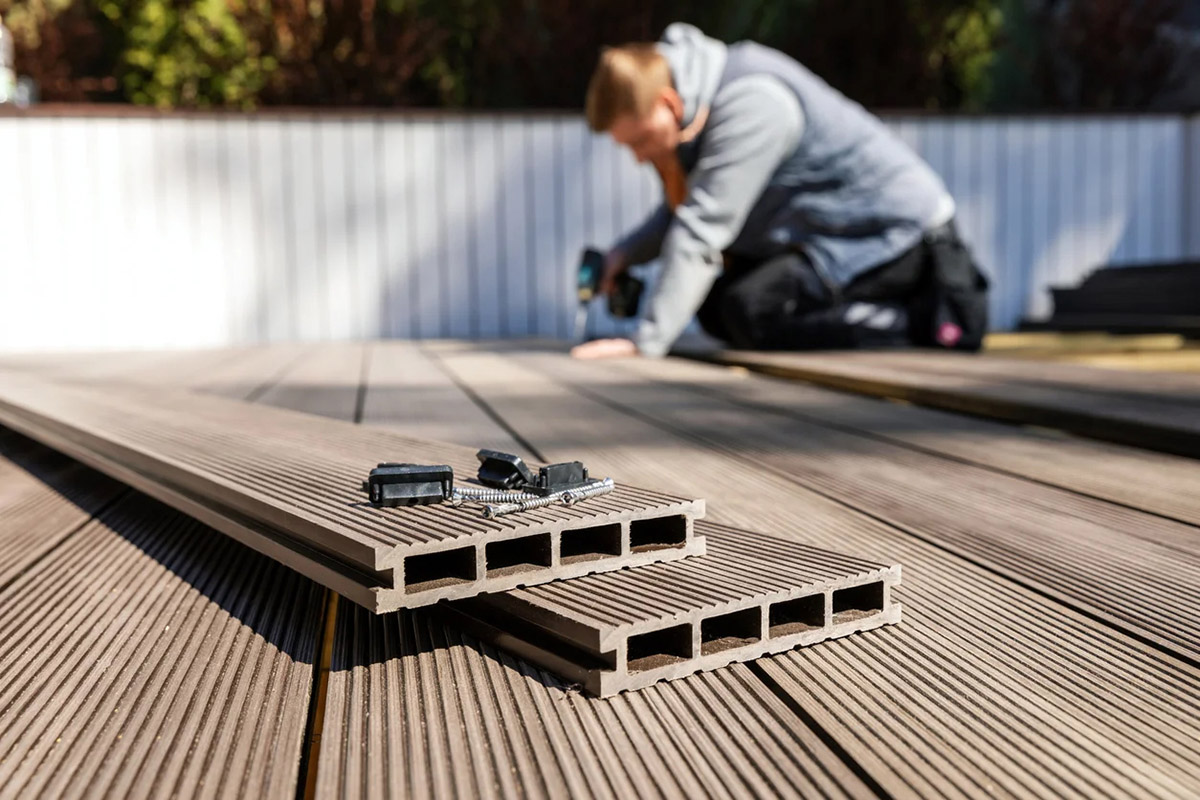
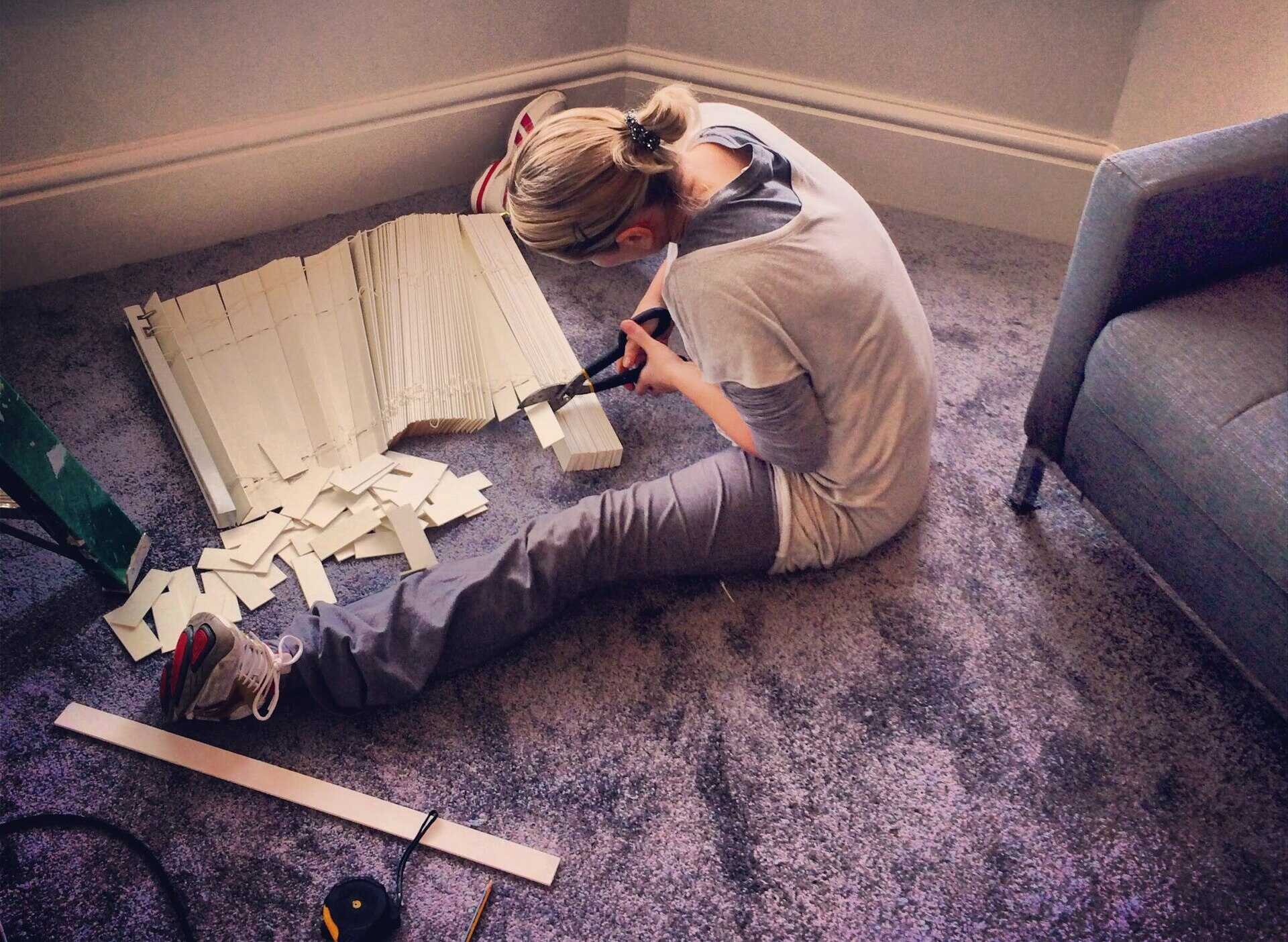
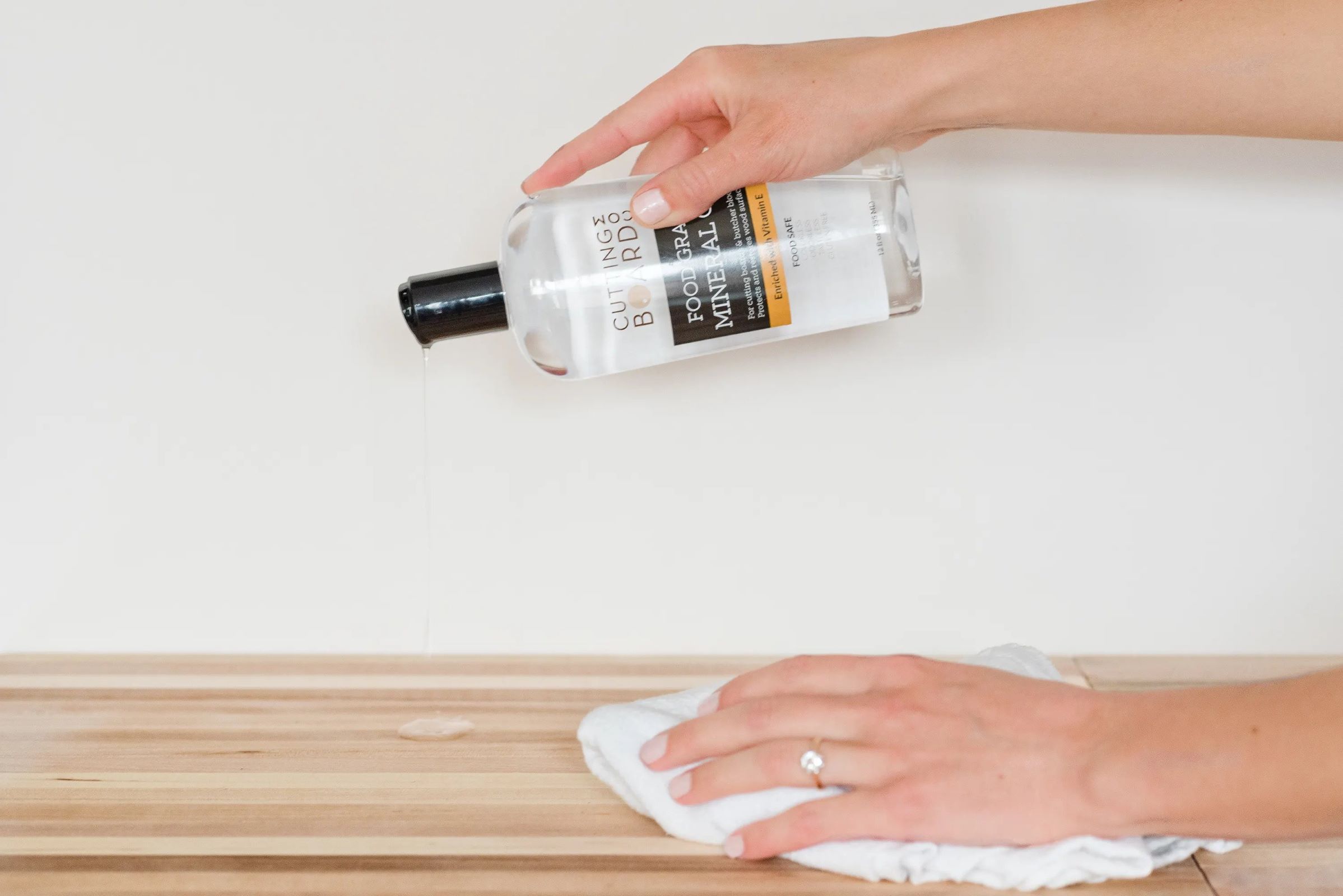
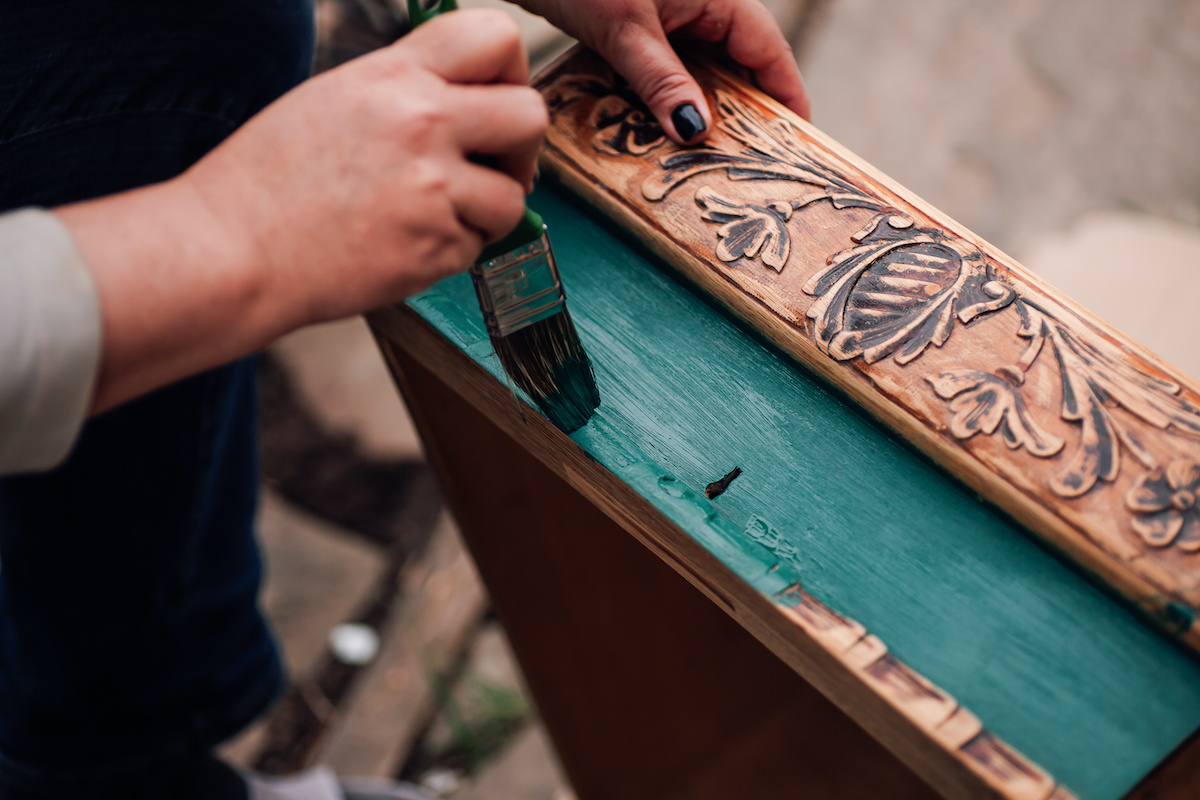
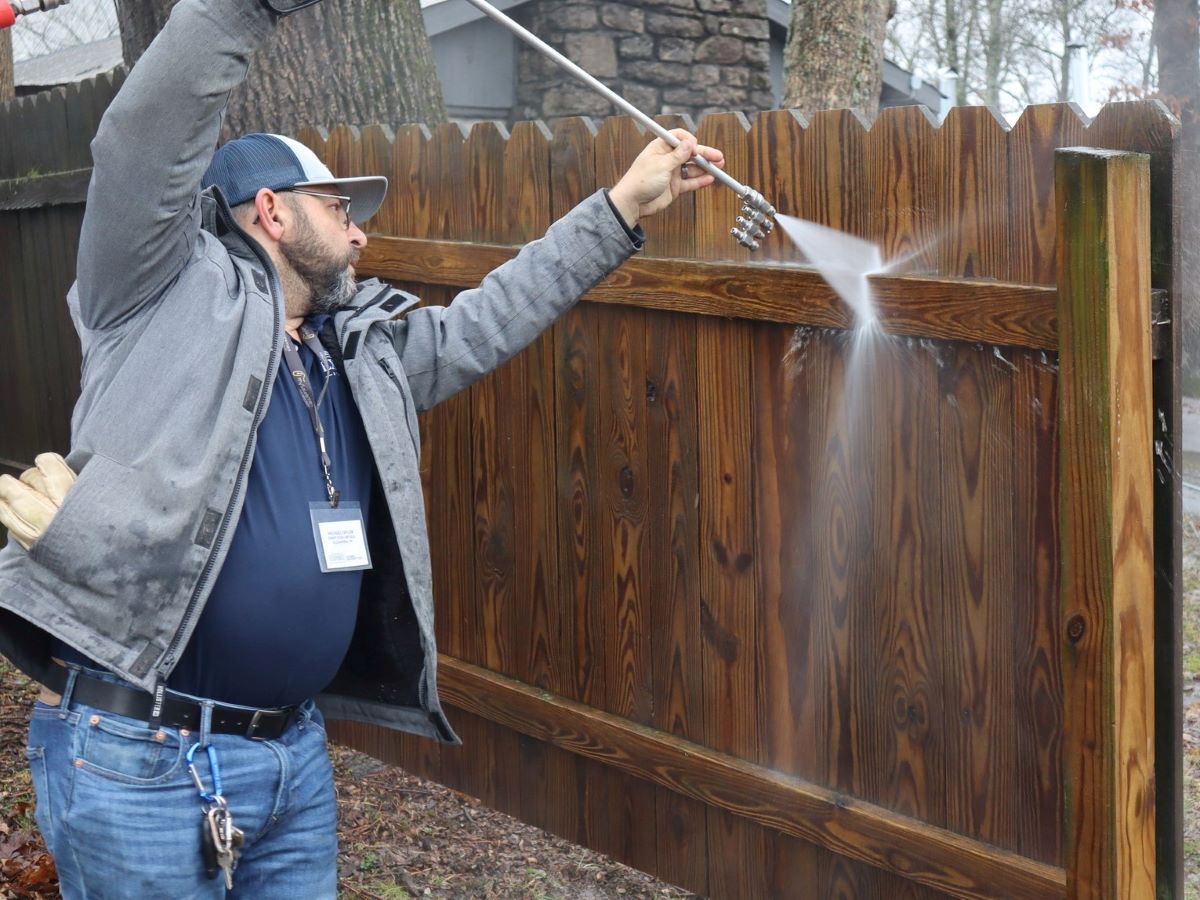
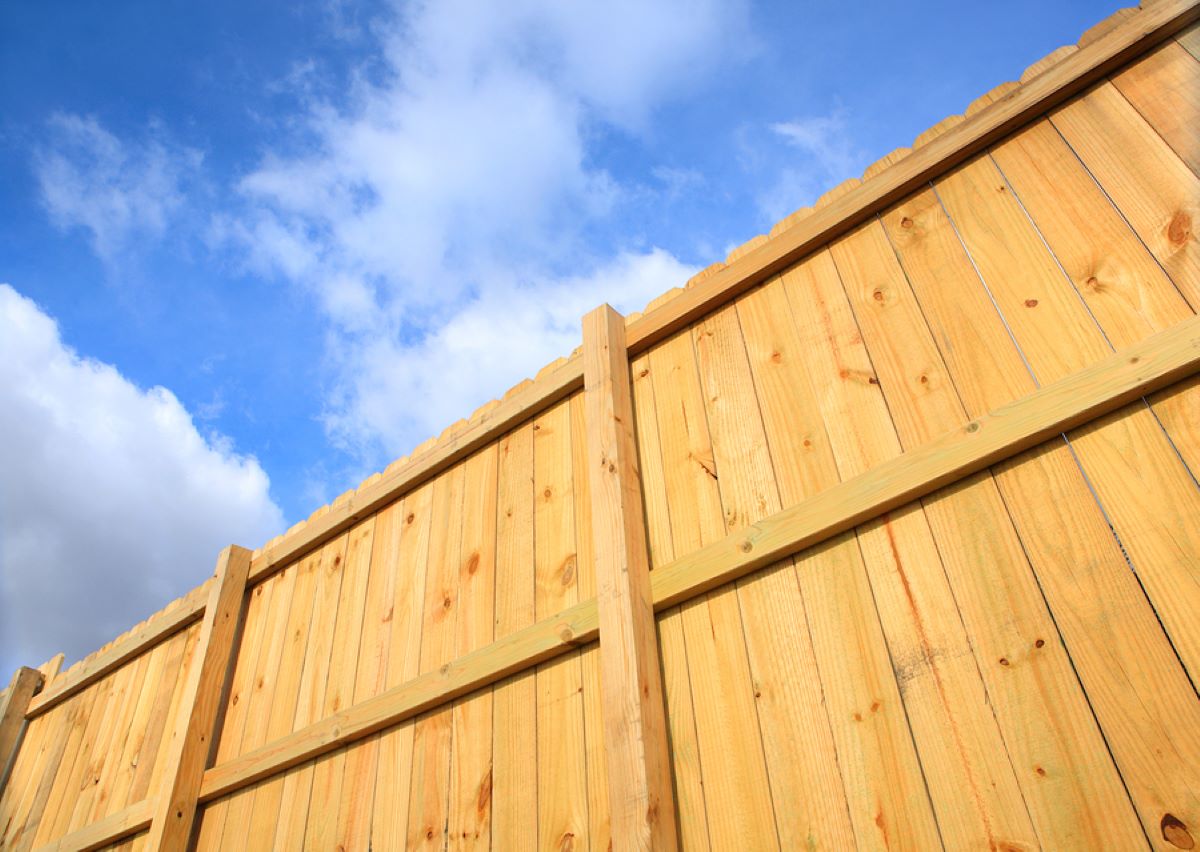

0 thoughts on “How To Protect Wooden Stairs”